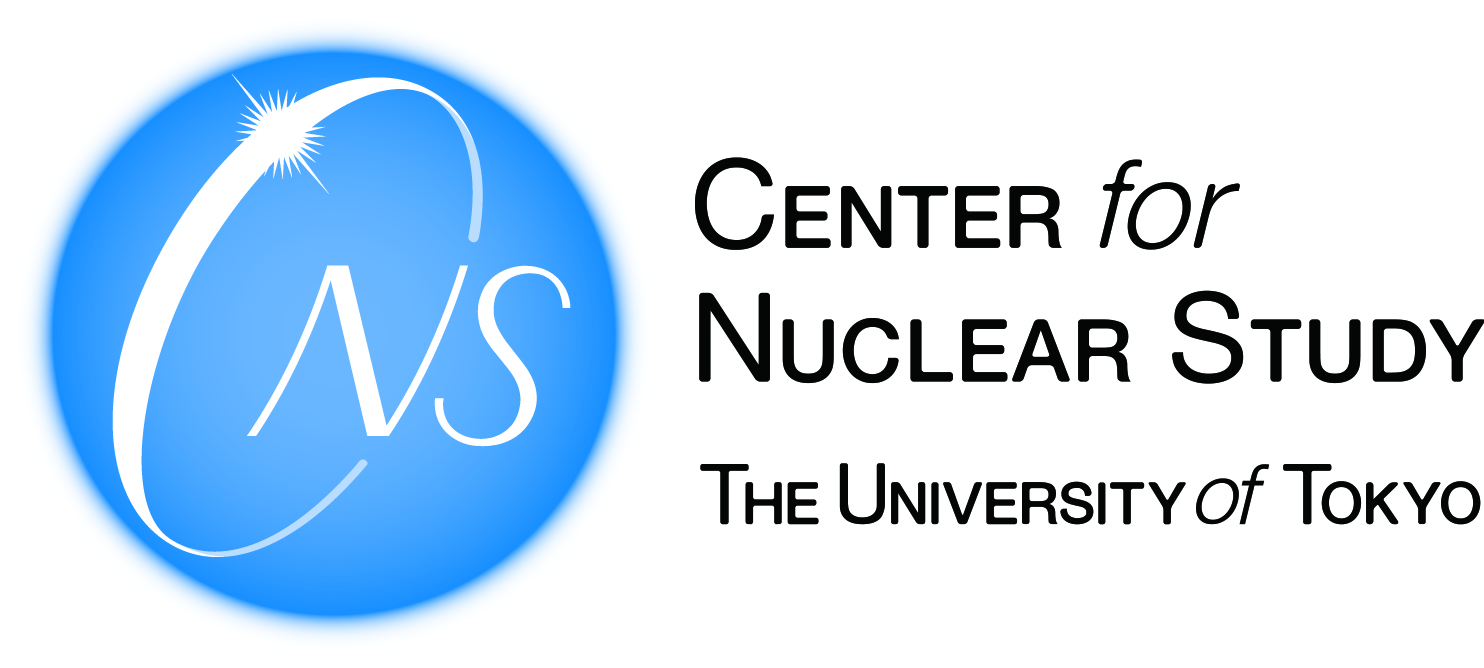
Quark Physics
One of the cornerstones of the Standard Model in particle and nuclear physics—Quantum Chromodynamics (QCD)—predicts that, under extreme temperatures on the order of 150–200 MeV, ordinary hadronic matter undergoes a phase transition into a deconfined state of quarks and gluons called the Quark–Gluon Plasma (QGP). This plasma recreates, on a microscopic scale, the “primordial fireball” that filled the universe just after the Big Bang. The only way to generate QGP in the laboratory is through high-energy heavy-ion collisions. Such experiments are currently performed at Brookhaven National Laboratory’s Relativistic Heavy Ion Collider (RHIC) and CERN’s Large Hadron Collider (LHC). Our Quark Physics Group carries out collision experiments at RHIC and the LHC with the following objectives:
- Demonstration of Quark-Gluon Plasma
- Perform precision tests of QCD in its non-perturbative regime, revealing the emergent properties of a hot, strongly interacting quark-gluon medium
- Map out the phase structure of QCD matter
- Reconstruct the QCD phase transitions of the early universe, such as chiral symmetry restoration, quark mass generation, and the confinement mechanism that binds quarks into hadrons
The dynamics of individual quarks and gluons can be described by quantum chromodynamics, but we are aiming to discover new material states and new properties that emerge when large numbers of these fundamental particles come together.
There is some very interesting physics hidden there that is difficult to predict even theoretically.
Gunji Lab
QGP
Phase structure of QCD matter
Heavy-ion collision at high energy





